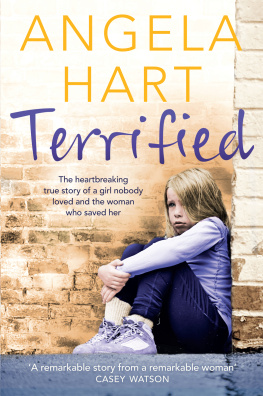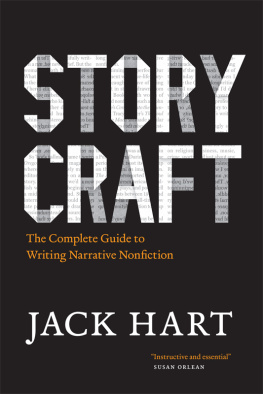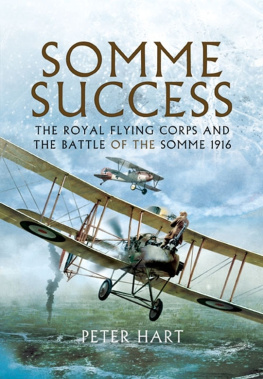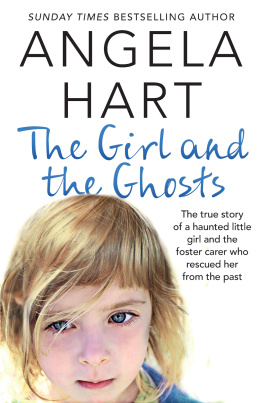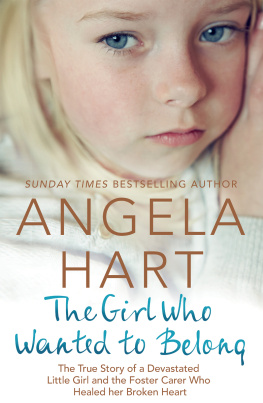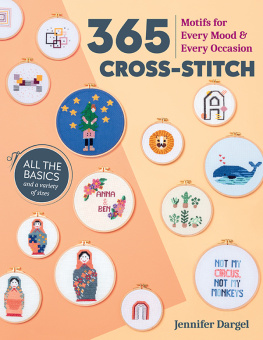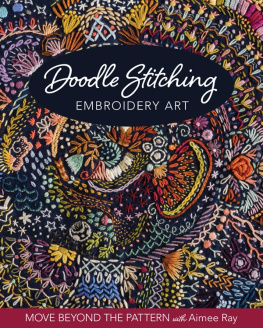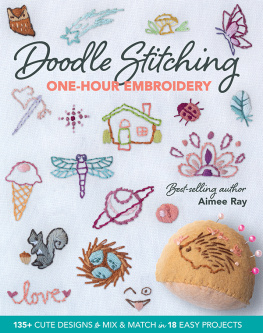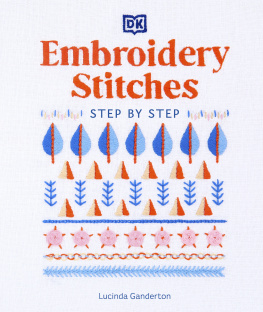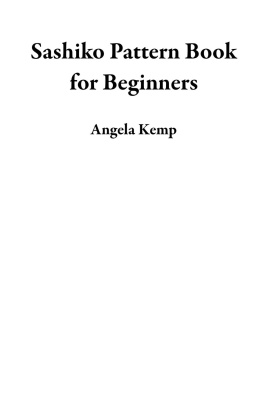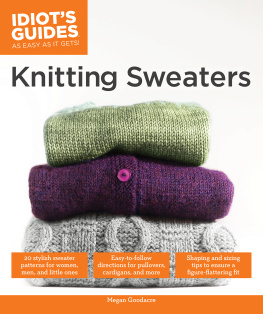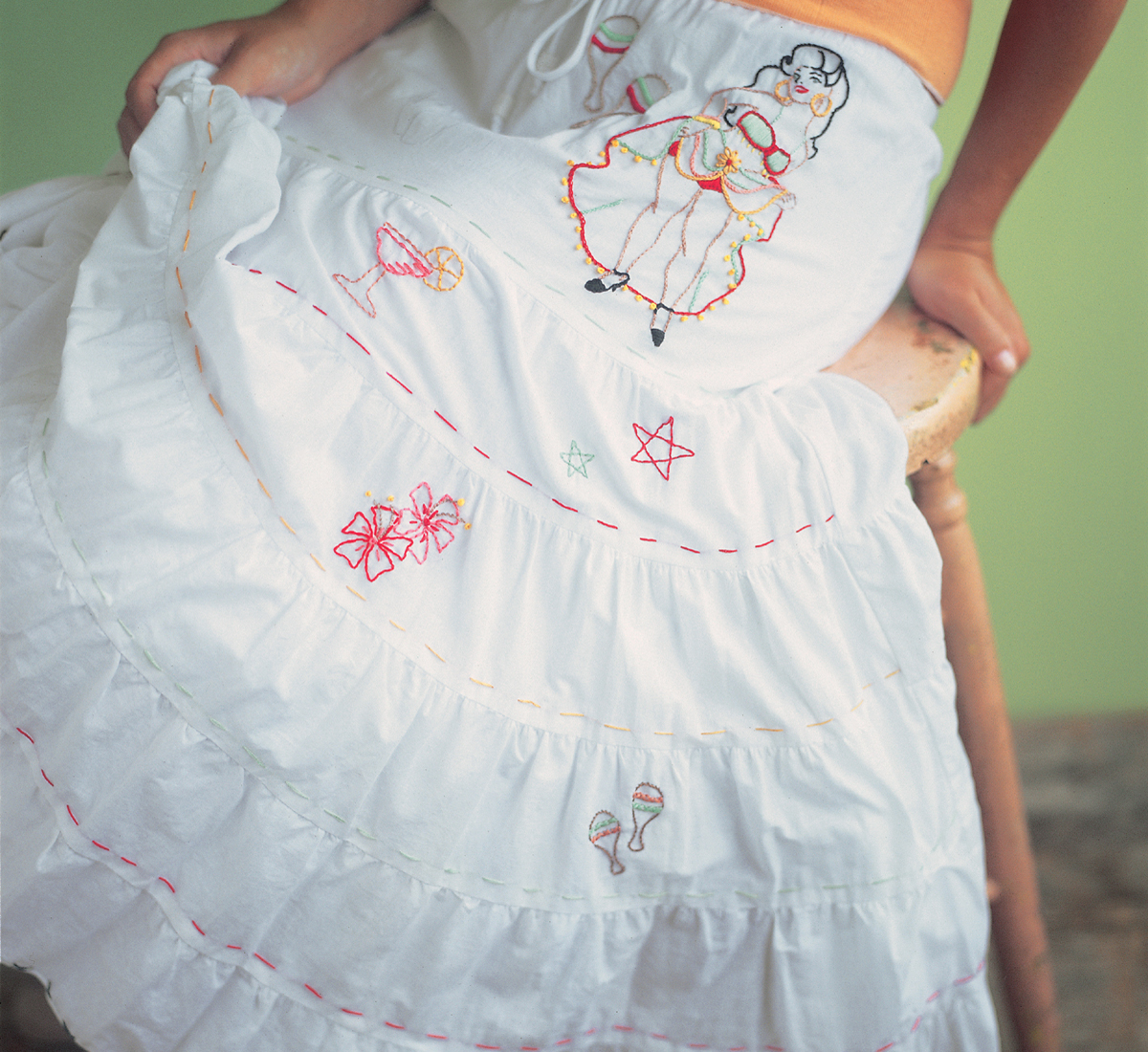
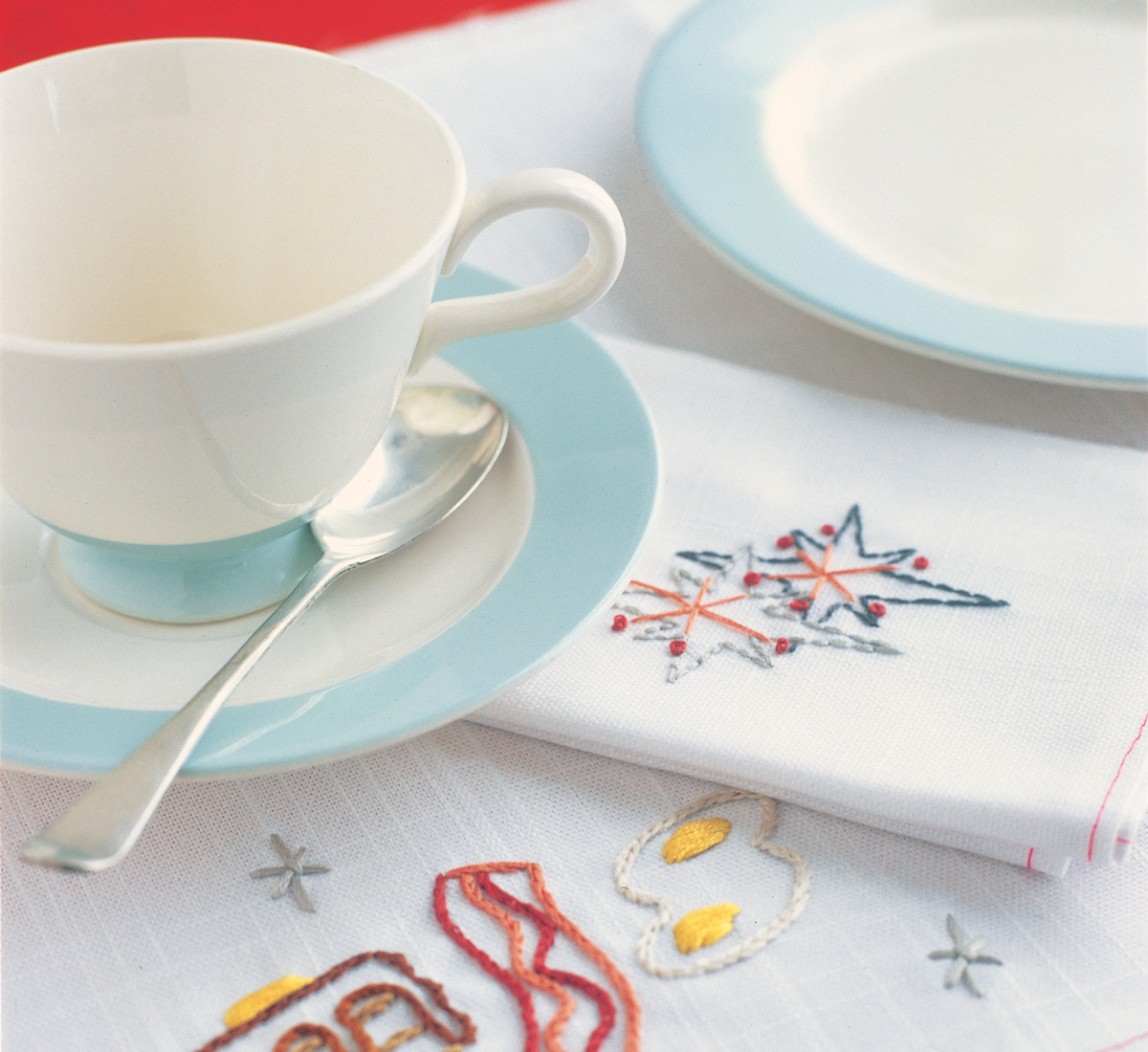
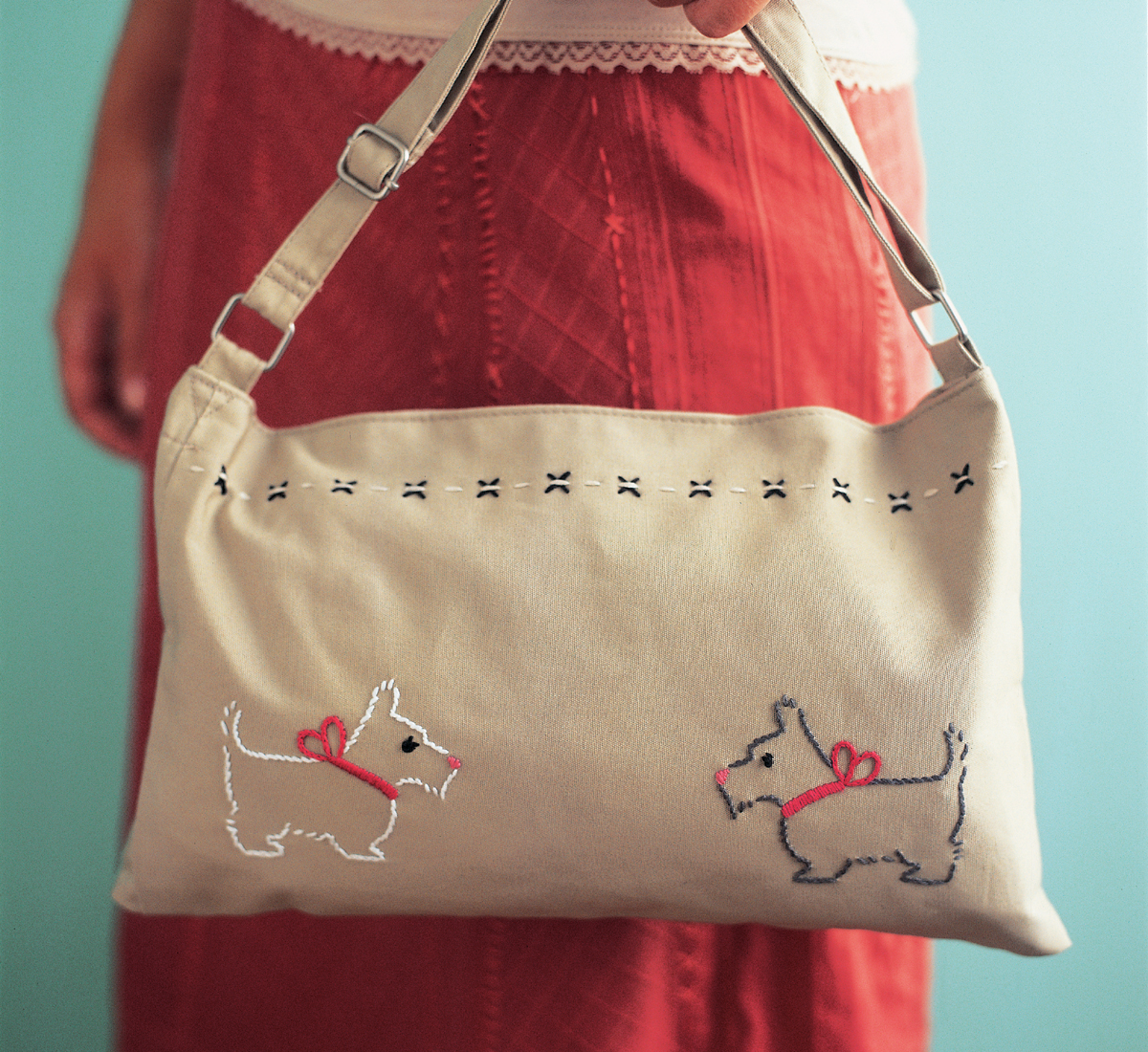

Dedication
Pour ma nice Jessica and dear ol dad. I miss you both.
Copyright 2006 Jenny Hart. Photographs copyright 2006 by Alexandra Grablewski. All rights reserved. No part of this book may be reproduced in any form without written permission from the publisher.
ISBN 978-0-8118-7901-9
The Library of Congress has cataloged the previous edition as follows:
Library of Congress Cataloging-in-Publication Data:
Hart, Jenny, 1972
Sublime stitching presents hundreds of hip embroidery
patterns and how-to / Jenny Hart.
p. cm.
Includes index.
ISBN-10: 0-8118-5011-0
ISBN-13: 978-0-8118-5011-7
1. EmbroideryPatterns. I. Title.
TT771.H2319 2006
746.44dc22 2005027441
Designed by Joanne Lee
Chronicle Books LLC
680 Second Street
San Francisco, California 94107
www.chroniclebooks.com
Table of Contents
Introduction
Embroidery here, embroidery there. Embroidery is everywhere. Dont believe me? I bet you can locate three things that have embroidery on them in your home without even hunting. Better yet, I bet youre wearing something right now thats been embroidered. Baseball cap? Sneakers? Shirt with a logo? Or perhaps on the shoulder of your T-shirt or back pocket of your jeans? Surprise! Youre embroidered. By hand or machine, on clothing or home furnishings, embroidery is everywhere.
So why do so many people recoil in horror at the thought of sitting with hoop, needle, and floss in hand? Does it seem too time-consuming? Or is it that old I-can-just-buy-it mentality? Personally, I suspect that its because the word embroidery conjures up an image of some old granny doing needlework in her rocking chair. Its a common image, just about as common as the notion that needlework is outdated (and undervalued) womens work. Can we rethink that, just for a moment? Its high time we try a different perspective.
Maybe youve never held a needle. Perhaps youve only embroidered the truth and think floss is for your teeth. Fret not. Embroidery is easy-peasy. You are not required to count, follow grids, purchase costly tools, execute difficult stitches, or follow a printout for months. This is free-form embroidery, baby! You can go wherever you like, in whatever colors you want. You can stick to utterly easy stitches or challenge yourself and learn more complicated ones. Trust me: embroidery is simple, relaxing, and one of the least expensive hobbies you can take up. The supplies and tools are as basic as they come: thread, needle, and fabric.
What about the patterns, you ask. Yes, its true that theyve long featured ducks in bonnets and bunnies wearing pinafores. Most of the available patterns seem stuck in a sappy time warp. And sadly the lovely patterns from yesteryear have gone the way of the five-and-dime. Understandably, most of us have just stayed away. Well, Im here to change all that with this book and its enormous range of fun and fresh patterns. Once you look past the usual craft-store offerings, youll see that so much can be done with simple stitching.
At the back of the book are 88 pages of iron-transfer patterns that run the gamut from rocking rumba dancers to pastry sweets and tattoo-like banners. Theres something new for everyone, from the complete beginner to the jaded expert. And there are so many things you can pretty up with stitchingshirt collars, skirt hems, pillowcases, purses, jeans, the list goes on and on.
When I first started embroidering, I was a complete non-needleworker. Thats right: I didnt sew, cross-stitch, or do anything with a needle and thread. And to further thwart my attempts, I couldnt find any nuts-and-bolts info for a total beginner. The simplest of my questions was left unanswered. Most technique books seem to assume that needlework know-how is passed from mother to daughter (what about the boys?) as a matter of growing up. But in this day and age, thats asking a lot. Most moms are too busy juggling career and family to teach home ec to their children, and who can blame them? Even if you were taught as a child, you may have forgotten the basics. I ended up having to ask my mom or my ninety-three-year-old grandmother what a hoop was for, how to start a stitch (From behind the hoop, dear), and all kinds of questions that I wasnt finding the answers for in any books at the library, the bookstores, or anywhere! Thats what Im here forto cover all the seemingly obvious starting points and then help you take your stitches to the next steps. Think of me as your fairy craft-sister, teaching you every little thing you need to know to get started. In this book Ive outlined the most basic of the basic stitches. These stitches are so basic that sometimes theyre not included in the technique books. Ive also fully explained the equipment needed along with more advanced stitches and a few fancy techniques.
My aim is to cover everything in the simplest and most painless language possible. The explanations in more traditional guidebooks tend to be as dry as crackers with sawdust on top. I can guarantee that the directions in this book are a whole lot easier to digest. If you get stuck or need advice that some book just isnt covering, seek out another person for help. I bet youll begin hearing stories about who in the family was an avid needleworker and discover their work has been tucked away and saved for many years.
In the following pages, youll find thirteen different types of stitches and variations on a whole slew of reusable patterns. Combined, thats a whole lotta projects you can make. So lets get working on that vintage shirt, pillowcase, school backpack, underpants, beer cozies, curtains, dashboard coveranything your little heart desires.
Just one thing: read this book from front to back at least once. I know youre eager to get started, but dont skip around and jump to the back. Dont worryIm gonna get you there but quick. However, necessary steps precede others, and cautionary tales are shared along the way. If you skip over them, you might have some avoidable mishaps. After you get started, this text will remain a reference you can return to for project ideas and tips.
All right, then. Lets get on with it!
Art vs. Craft?
What about this divide between fine art and craft? For too long crafting has been a bad word. The increasingly adventurous urges among people looking for a creative outlet have been changing all that. As an artist, Ive wanted to contribute by facilitating the creativity of others with some updated embroidery patterns. Good design leads to good hobbies for those not as adept with pencil and paper. Hobbyists deserve quality draftsmanship along with a wider range of themes. Who says the line between fine art and crafting doesnt often blur?
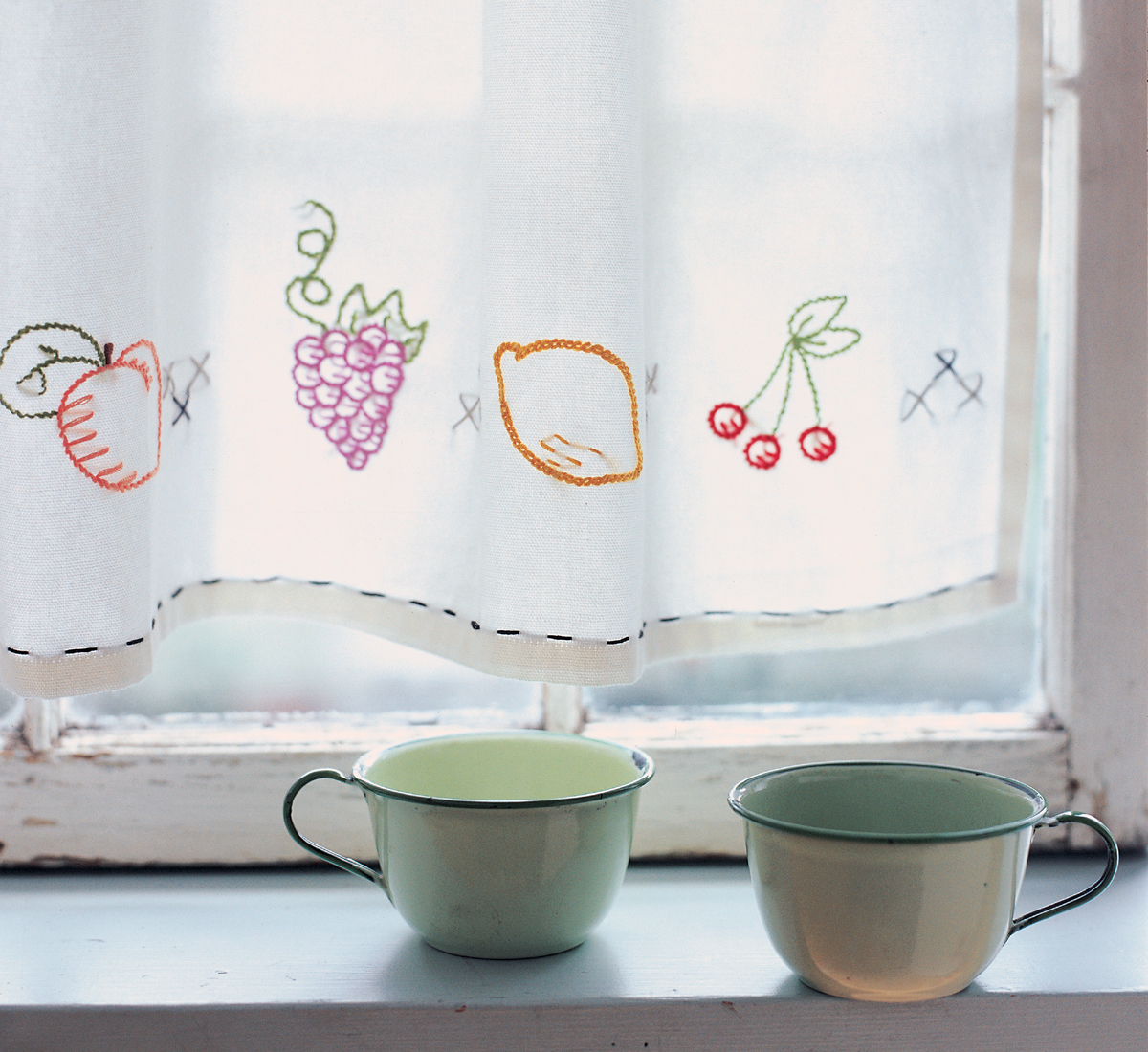
Acknowlegments
Very special thanks to Stacey Glick, Chad Herring, and Andrea Jenkinson. Without your guidance and invaluable advice, I would be lost.
To my editor, Jodi Davis, for allowing my voice to come through; Debbie Matsumoto who was my megaphone; Lisa Baggerman who kept me informed; Clay and Megan for being there with wine and cheese; and the brilliant minds at Chronicle Books.


